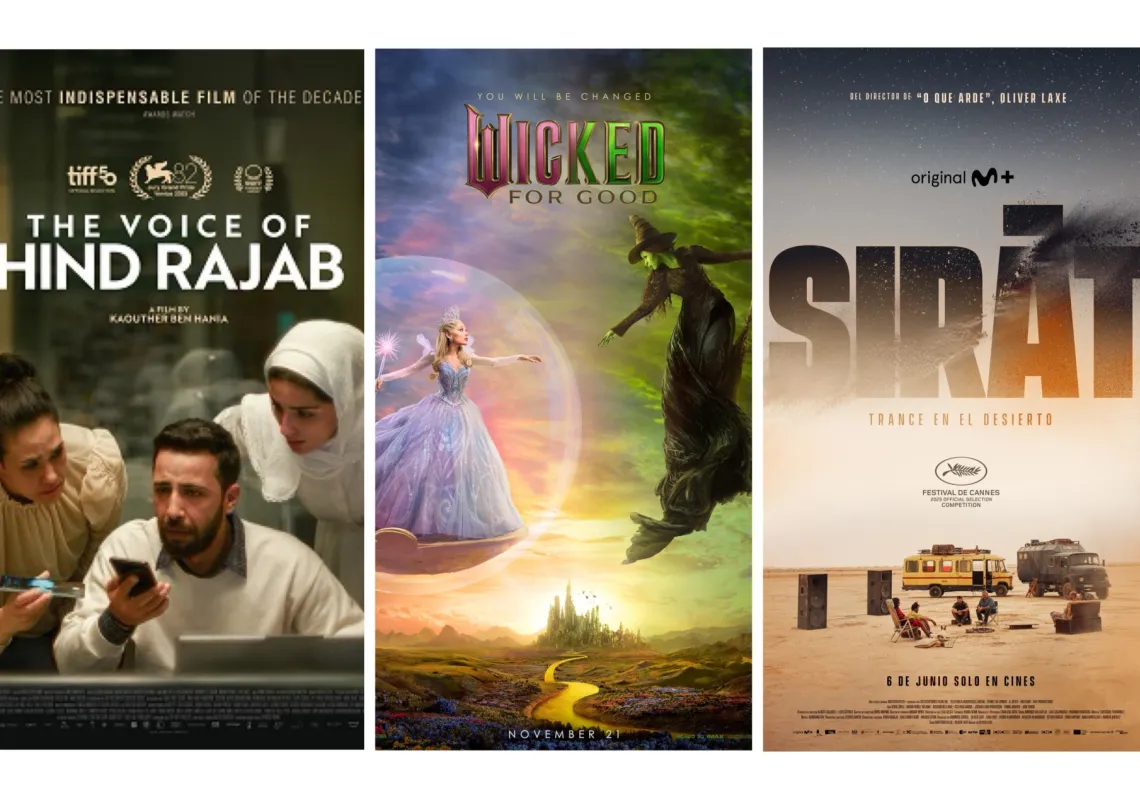The museum of the “National Geographic” magazine in Washington opened in June a long-awaited exhibition, “Beyond King Tut: The Immersive Experience”, in another wave of American “Tutmania,” to mark the 100th anniversary of the discovery of Pharaonic King Tutankhamen’s tomb – and as a “revenge” for “National Geographic” itself.
In 1922, British aristocrat George Herbert, who financed fellow British archeologist Howard Carter who discovered the tomb, refused to allow Maynard Williams, correspondent of the “National Geographic,” to enter the crypt when it was opened to rich international personalities. Herbert, to profit from the discovery, sold the rights to report the excavation to “The Times” of London, and excluded other publications, even the Egyptian ones.
The coverage would have been a scoop for “National Geographic" (a leading world-wide magazine since before that time) to cover what was inside the tomb: about 5,000 items, including couches, chests, thrones, shrines, scattered around the golden-made coffin and a golden dagger on the body.
Last June, a 100 years later, “National Geographic” mentioned Herbert’s financial greed, and reminded the visitors to the exhibition that Herbert died during the excavation, inspiring speculations that the tomb was cursed.
The exhibition, which will continue until the end of the year, is almost entirely virtual-reality, amid a high-tech show of sound and light, partly to compensate for the absence of real relics from Tut’s tomb which are no longer available for display outside Egypt.

But, half-a-century earlier, the real relics were shown during Tut’s first major exhibition in the US that started the “Tutmania”. It was estimated that ten million Americans visited the exhibition as it toured major American cities.
The "Chicago Tribune” wrote about the exhibition there, under the title “The Treasures of King Tutankhamun”, and about people “waiting in long lines (sometimes overnight) to enter the dimly lit corridors lined with ancient Egyptian artifacts. They emerged into a larger room holding the gold sarcophagus of the ruler who had died at age 19, King Tut”.
The newspaper added that visitors “exited through the gift shop, leaving the museum with scarves, (Tut) bags, prints, and books emblazoned with his image. And if they had a little extra cash, they walked home with expensive replicas of what they’d just seen.”
In Chicago alone, almost two million people visited the exhibition which was part of a six-city U.S. tour, “the first time anything from the tomb had come to America, and the whole thing had a rock star quality to it”. (It was part of a worldwide tour that continued for about ten years).
America’s capitalism and Egypt’s pharaonic civilization combined and made a profitable industry; not only for the museums that showed the exhibitions, but also, for the film, television and souvenirs industries.
“If I had known they’d line up just to see him, I would have taken all my money and bought me a museum,” said American actor and singer Steve Martin when he played a leading role in the film “King Tut” in 1978, and his accompanied song, with the same name, became a hit single that sold more than a million record within one year. The song was a parodic commentary on “Tutmania”, as those exhibitions became the most popular museum show in US history.
Part of the song’s lyrics: “King Tut, when he was a young man. He never thought he would see. People stand in line to see King Tut … Dancing by the Nile. The ladies love his style. Rockin’ for a mile. He ate crocodile meat …”
A phrase in the song, “He gave his life for tourism,” illustrated popular and commercial aspects of the 1970s tour that continued until the present time, for the benefit of both Americans and Egyptians.
“The Washington Post”, commenting on the “National Geographic” exhibition, said that the 1970’s tour was part of then-President Anwar Sadat’s policy to open up to the West, after decades of Egypt’s alliance with Russia during the rule of his former boss, Gamal Abdul-Nasser. And that, now, the revival of “Tutmania” is expected to attract more Western tourists to the Egypt of President Abdul-Fattah Al-Sisi who has been facing political, economic, and security problems -- and a decrease in money-loaded tourists. Especially because, now, Tutankhamun’s treasures “are unlikely ever again to leave the Cairo region, where they will dwell in the Grand Egyptian Museum, set to open later this year”.

Thanks to the power of American media, films, documentaries, and commercial products about King Tut will continue to spread around the world. Tut’s gloves, pendants, and T-shirts, in addition to films that started before World War II, brightened the dawn of the Hollywood films industry, like “Carter The Great” and “The Kiss of Pharaoh”, to recent ones like “The Curse of King Tut’s Tomb”, and TV series, like “Tutankhamun”.
Early this year “The New Yorker” magazine wrote about “Why King Tut is Still Fascinating”, saying that he “was a minor pharaoh, and the excavation of his tomb was a disreputable affair. But, a century later, there is more to learn”.
The report started with the author’s own story: “Not long ago, in my sister’s elementary-school classroom, I met a second-grader who seemed well on his way to a doctoral degree in Egyptology. He described the mummification process in fascinating detail: why the brain was removed through the nose, and how exactly natron dried out the rest of the body. He drew an elaborate cartouche with the hieroglyphs used to spell my name. He then proceeded to tell me more about the pharaoh Tutankhamun than most of the other students could tell me about their own grandfathers …”










